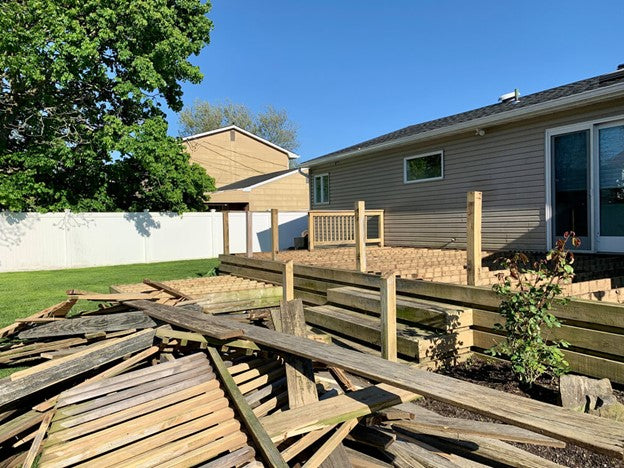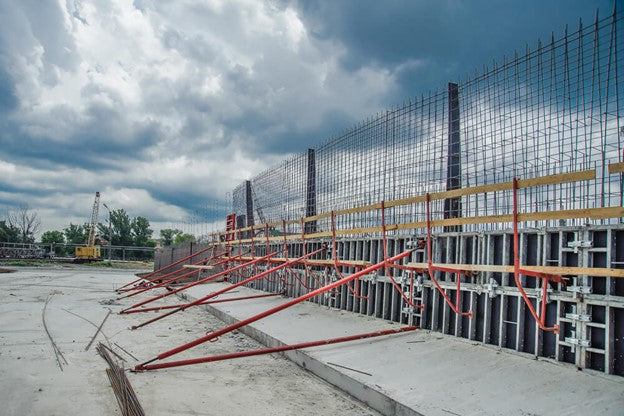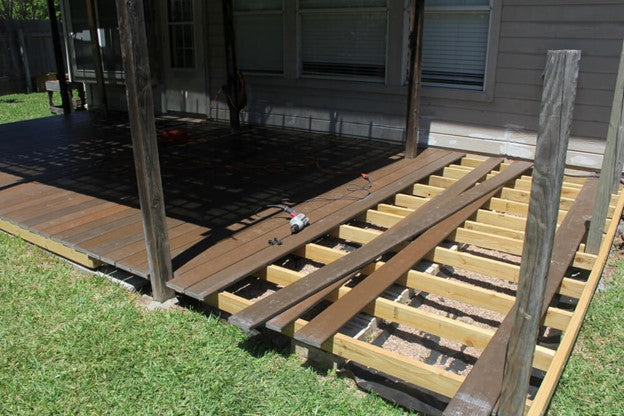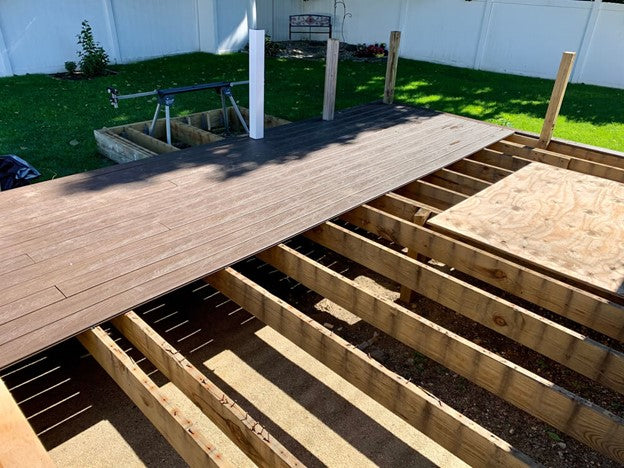A well-maintained deck is a key feature of any Australian home, offering a place to relax, entertain and enjoy the outdoors. However, over time, even themost durable decking timbers can deteriorate due to age, weather and wear. Knowing when it is time for deck replacement is essential for keeping your outdoor space safe and visually appealing.
This guide outlines the five most common signs that your decking needs attention. Whether you are planning a full renovation or wondering how to replace a board on a deck, these indicators will help you make the right decision.
1. Visible Rot or Timber Decay
Rot is one of the most obvious signs that your decking timbers are past their prime. Caused by moisture and poor drainage, rot weakens the timber from the inside out. You may notice soft areas, musty smells or visible discolouration. These all suggest that the structural integrity of the timber has been compromised.
Using a decayed deck increases the risk of collapse or injury. In most cases, widespread rot means you will need a complete deck replacement, rather than attempting small fixes.
2. Warped or Split Boards
Victoria’s climate can be tough on timber. Constant exposure to sun, rain and seasonal changes causes boards to expand, contract and eventually warp or split. Warping can create uneven surfaces, while cracks can expose sharp edges and splinters.
Although it is possible to learn how to replace a board on a deck, if multiple boards are affected or the warping is severe, replacing the entire deck is often the better long-term solution. It also gives you a chance to explore new decking timbers that offer better resistance.
3. Rusted Fasteners and Loose Railings
Fasteners like screws and nails play a critical role in keeping your deck secure. Over time, these can rust or loosen, making the deck unstable. If you notice wobbling boards or hear creaks underfoot, check the fasteners closely.
Loose railings are another warning sign. Not only do they pose a fall hazard, but they also indicate that the supporting structure beneath may be compromised. In these cases, deck replacement ensures better safety and peace of mind.
4. Loose Boards or Unstable Surfaces
Loose or bouncy boards suggest that the subframe beneath the deck may be weakening. Children, elderly family members and even pets can be at risk of injury when walking across unstable surfaces.
While a temporary fix might involve securing individual boards, it is often more effective to replace the entire deck with high-quality decking timbers that are built to last and suited to local weather conditions.
5. Faded Appearance or Severe Wear
A faded or worn-out deck can drag down the overall look of your home. Over time, exposure to UV rays and heavy foot traffic causes timber to lose its colour, become splintered and feel rough underfoot.
If staining or sanding no longer restores its appearance, it may be time to upgrade. New decking timbers offer improved durability and aesthetics, while composite decking provides a low-maintenance alternative that keeps its colour for longer.
If you’ve spotted rot, warping, rusted fasteners, loose boards or heavy wear, your deck may be due for a replacement. Addressing these issues early helps maintain the safety and style of your outdoor area and ensures long-term enjoyment.
Ready to upgrade your deck?Contact Auswood Timber & Hardware for expert advice on deck replacement, including premium decking timbers and low-maintenance composite decking. Speak to our team or request a quote today.




